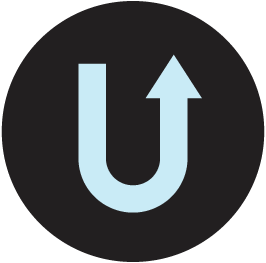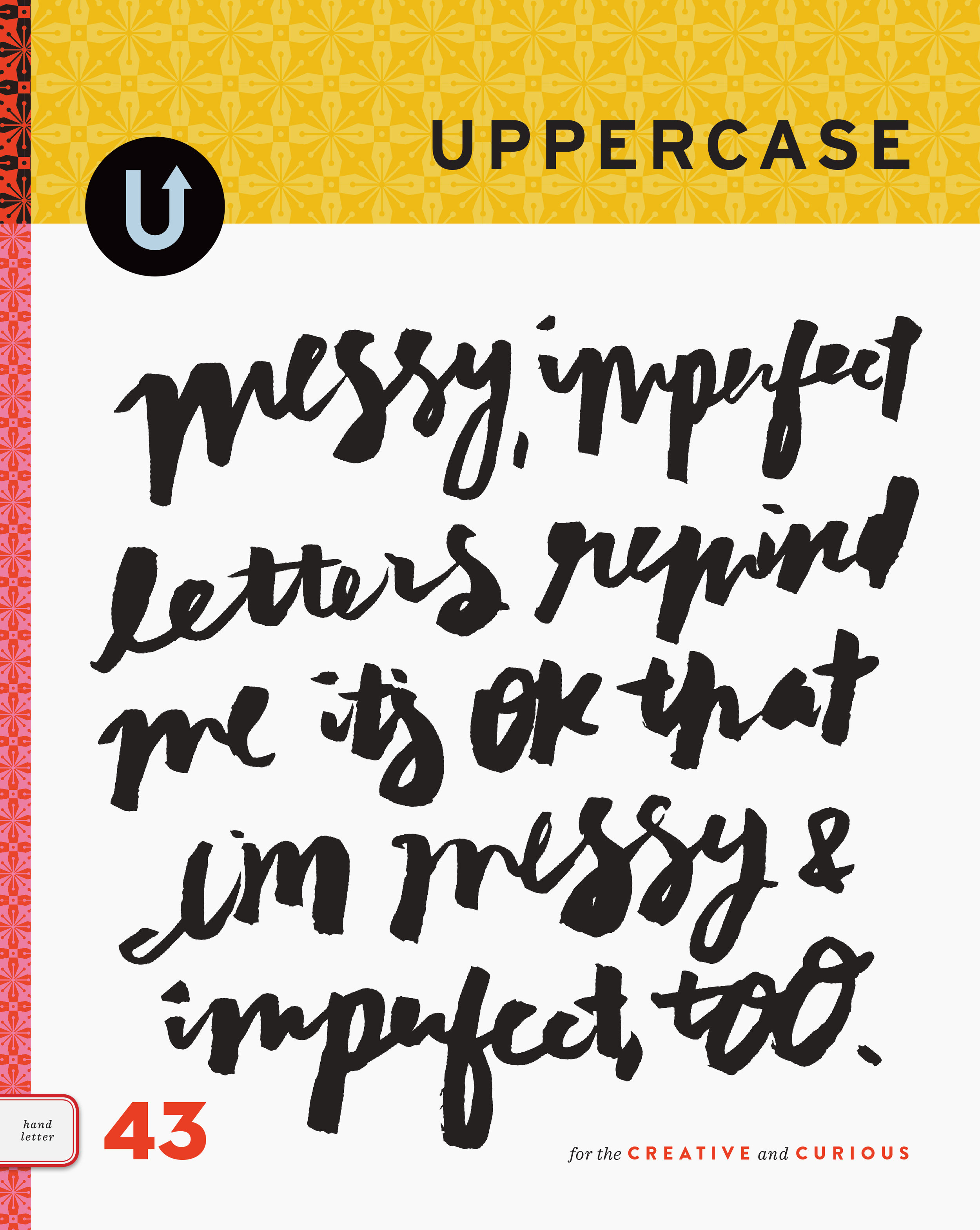Silhouettes
/This weekend is Calgary's annual ArtWalk and UPPERCASE will be participating (click here for a map of the ArtWalk route). There's plenty of Old School goodness to see in our gallery and the neighbouring gallery, One Blue Wall (aka The Principal's Office.) We will also have some drop-in activities such as the Make-a-Button station, Letter Necklaces, and the Old School activity sheet and colouring contest (you can also download it here).
At 2pm on Saturday, you can participate in the Silhouette workshop to make an old-fashioned cut-paper portrait. The new-school twist? We will digitize your silhouette and turn it into a vector file so that you can use it for all sorts of projects: make your own letterhead, t-shirts, use it in scrapbooking, on your blog or Facebook, on family Christmas cards... Or print it out on decorative paper and frame your silhouette for yourself or as a gift. (The fee is $20 for the digital file, which will be emailed to you early next week.)
This is a silhouette I made of Deidre. The top image is the digital silhouette made from the cut paper version below. Since the file is a vector file as opposed to a bitmap, you'll be able to scale the silhouette up or down without any loss of quality.

Silhouettes were a popular method of portrait-making from around 1790 to the mid-1800s, prior to the invention of the camera. You can find out more about the history of silhouettes at the time of Jane Austen on this interesting site.
In UPPERCASE, we're using our film strip projector to cast shadows onto black bristol board. The shadow is traced in pencil and then cut with scissors. Classical silhouettes, however, were often cut freehand out of paper. This skill is quite rare, but American artist Karl Johnson excels at the art:
"Karl learned this unique skill as a young boy from his father who had been taught many years earlier by a long time friend of the family. Karl took to this unusual art form extremely well. Something he attributes, in part, to having vision in only one eye. Karl was born being able to see only from his right eye. Not having binocular vision forces Karl to judge the distance and shape of an object by examining its shadow. This allows Karl to capture an image in shadow in an uncanny way." Some examples of Karl's work are shown below.
We hope you will join us on Saturday afternoon to take part in this fun activity. On Sunday, we will be hosting another workshop: Customized Lunchboxes. This requires a reservation and there is room for one more. Give us a call if you'd like to attend.







